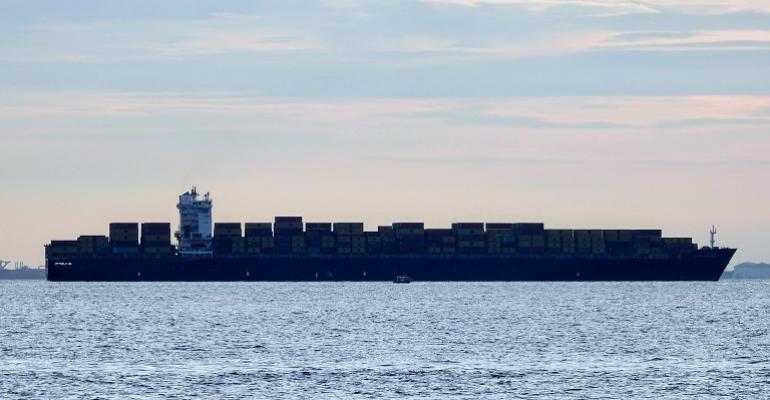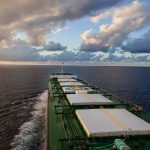Shipping is extremely cyclical. Booms like the one experienced by container shipping in 2021-2022 are very rare. For many longtime shipowners and operators, the model has been: Take a large pile of your chips off the table when returns go stratospheric. Keep enough cash in the business to stay in the game until the next jackpot, but don’t blow your boom-time gains after the market turns. Pocket your winnings. Buy a yacht.
This model of multi-cycle wealth creation has long been a mainstay of private tanker and dry bulk shipowning families. The container shipping industry — at least, a portion of it — has followed their lead.
Container shipping lines have used COVID-era windfalls to pay down debt, invest in fuel-efficient newbuildings and broaden their company portfolios. But they’ve also paid out tens of billions in dividends, enriching shareholders with pandemic profits — with some shipping lines doling out particularly large portions of their recent gains.
How dividends stack up to profits
Hapag-Lloyd — Germany’s Hapag-Lloyd, the world’s fifth-largest shipping line, has paid out $19.5 billion in dividends derived from COVID-era profits: $747 million in 2021, $6.56 billion in 2022, then a mammoth $12.2 billion payout this May.
Hapag-Lloyd earned $17.96 billion in 2022; its latest dividend was 68% of that total.
“We paid quite a dramatic dividend, an extraordinary dividend, and rightly so, because our investors and shareholders have supported us big time over the last decade,” said Hapag-Lloyd CEO Rolf Habben Jansen on the latest quarterly call.
Alpahliner said Hapag-Lloyd’s “huge dividend” led to a “huge drop in liquidity.” It pointed out that 96% of Hapag-Lloyd’s stock is controlled by five owners: Chile’s CSAV, Germany’s Klaus Michael Kuhne and HGV, and investment funds of the governments of Qatar and Saudi Arabia.
Maersk — The world’s second-largest carrier, Denmark’s AP Moller Maersk, paid out $1 billion in dividends in 2021, $6.8 billion in 2022 and $10.9 billion in the first half of this year (related to 2022 profits), for a COVID-era total of $18.7 billion.
Maersk opted to pay out 37.5% of 2022 net income as a dividend.
Cosco — The top shareholders of Cosco, the world’s fourth-largest carrier, are controlled by the Chinese government. Cosco paid out 7.6 billion yuan in dividends in 2021 and 59.3 billion yuan in 2022, equating to $1.2 billion and $8.8 billion, respectively.
It paid $61 million in the first quarter of this year. On May 25, it paid out a final dividend related to 2022 earnings of 22.37 billion yuan ($3.17 billion), bringing its COVID-era total to $13.2 billion.
Dividends linked to last year’s results equated to 50% of Cosco’s net income.
Zim — Israel-based Zim (NYSE: ZIM), the world’s 10th-largest ocean carrier, paid out $541 million in dividends in 2021, $3.3 billion in 2022, and $777 million in April (related to last year’s profits), for a COVID-era total of $4.6 billion.
Zim’s policy is to pay out 30%-50% of annual net income. It opted to pay out 44% of 2022 net income in dividends.
The party looks like it’s over for the foreseeable future for Zim shareholders seeking dividends. There are no payouts with net losses under the current dividend policy.
Jefferies analyst Omar Nokta reduced his outlook for the company yet again on Thursday following Zim’s latest results. Nokta now expects Zim to post net losses of $500 million this year, $426 million next year and $277 million in 2025.
Source: Hellenic Shipping News





